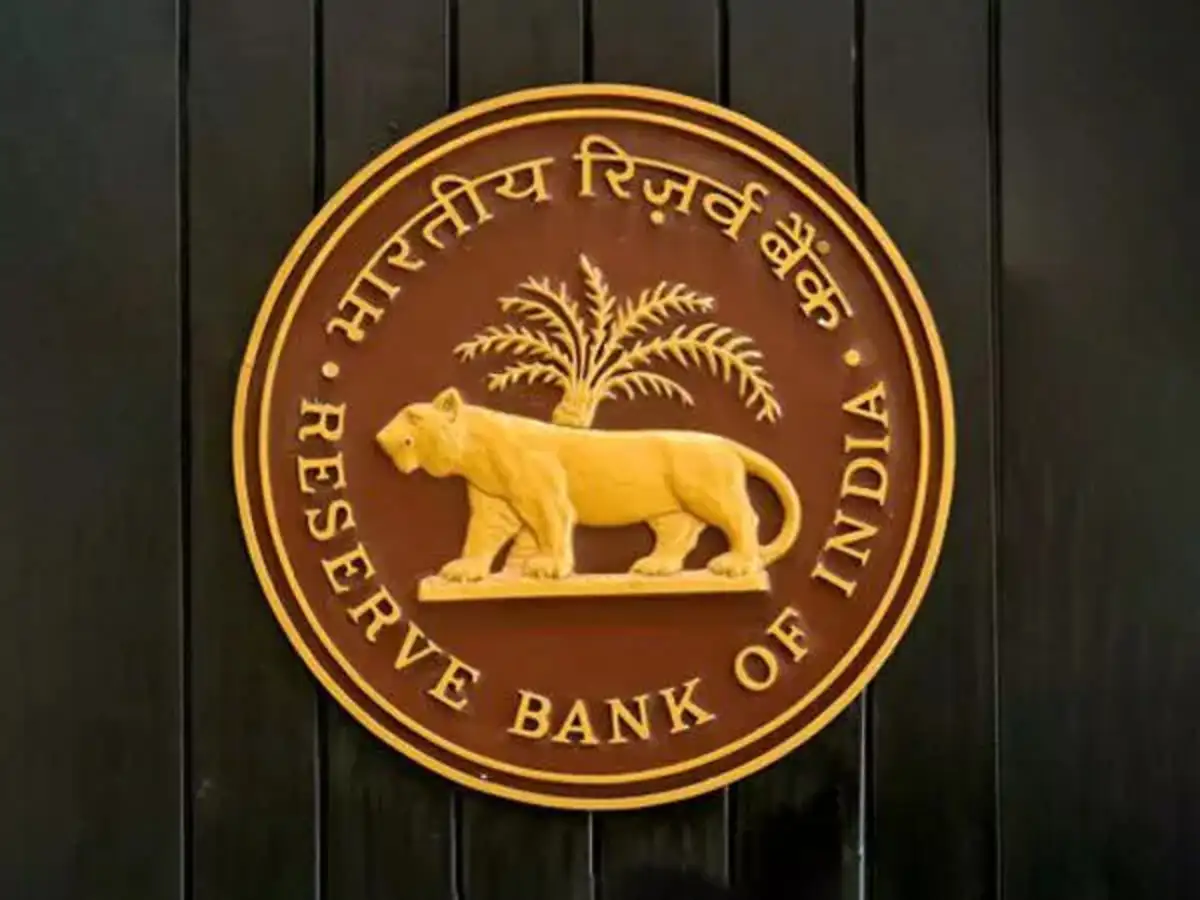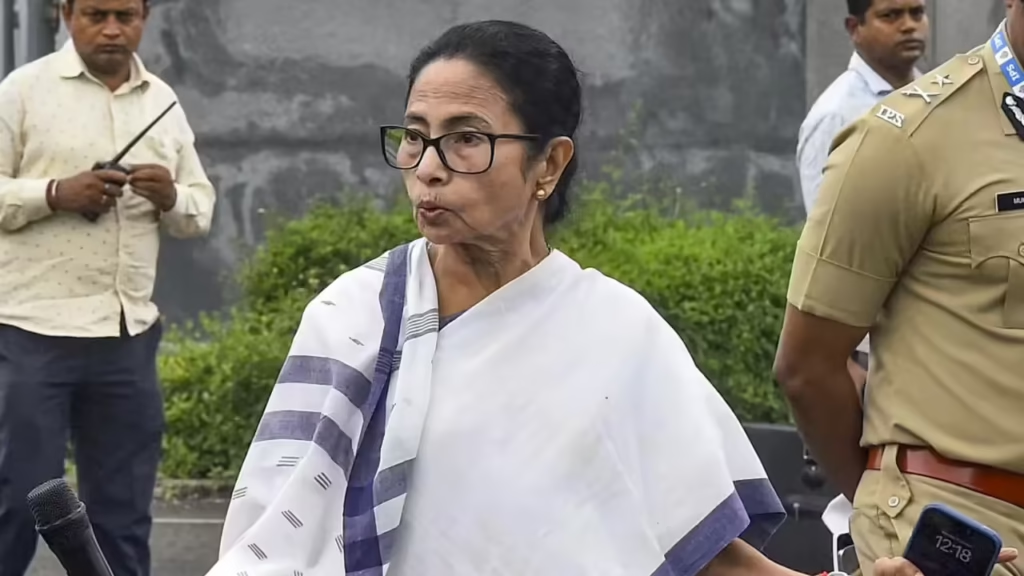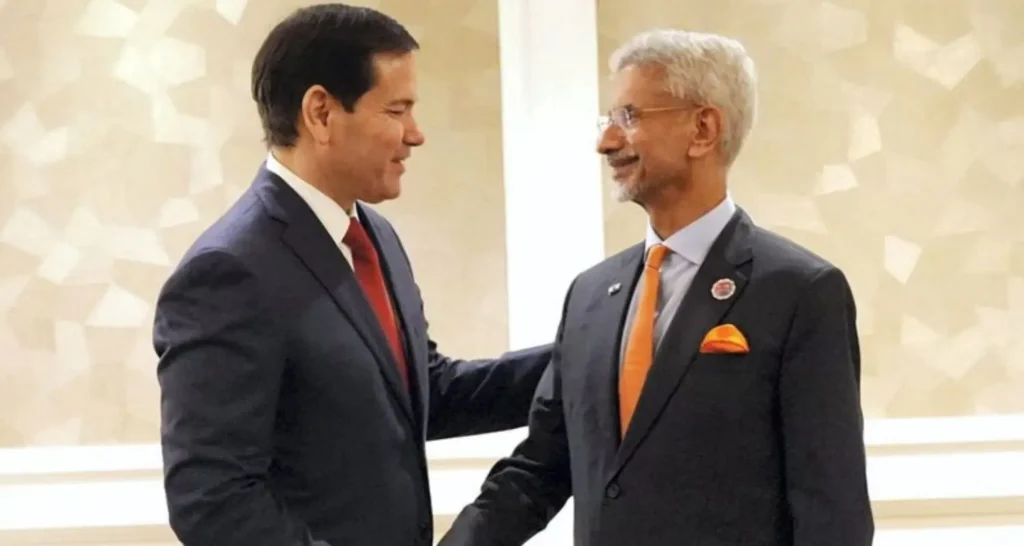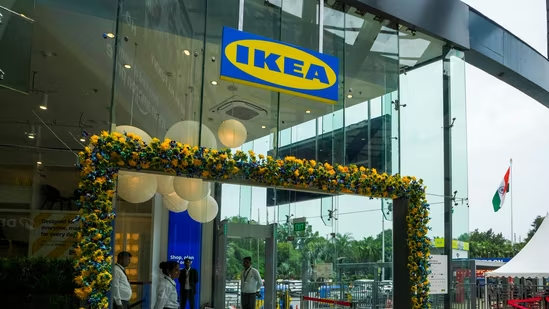Now Reading: RBI to Fast-Track Cheque Clearance from October, Aims for Hours, Not Days
-
01
RBI to Fast-Track Cheque Clearance from October, Aims for Hours, Not Days
RBI to Fast-Track Cheque Clearance from October, Aims for Hours, Not Days

The Reserve Bank of India (RBI) has announced a major reform: starting October 4, 2025, cheques will be processed and cleared within hours on the same day, replacing the current two-day delay. Under a new Continuous Clearing and Settlement system, cheques presented between 10 am and 4 pm will be confirmed by 7 pm. A stricter deadline follows from January, with cheques to be cleared within three hours of presentation.
This move replaces round-the-clock batch processing with real-time scrutiny, using live scanning and on-the-spot settlement. Drawee banks must respond by evening or accept default approval. From January 3, 2026, cheques must receive explicit confirmation within three hours, boosting both speed and transparency.
Why This Matters to Everyday Users
For account-holders and small businesses, especially in Tier 2 cities like Nagpur, Jaipur, and Coimbatore, this means faster access to funds and improved cash flow. No more awkward waiting for essential payments; the cheque process becomes more predictable and secure.
Technical Shift: From Batches to Live Streams
Currently, the Cheque Truncation System batches up deposits overnight. Under the new model, cheques will be scanned immediately and routed to the drawee bank. If no response is received by 7 pm (under the first phase), the cheque clears automatically. From 2026, a harder three-hour window applies. Settled funds must appear in the depositor’s account within an hour.
Phased Rollout for Stronger Adoption
Phase 1 (from Oct 4, 2025): Continuous scanning and automatic settlement if there’s no response by 7 pm.
Phase 2 (from Jan 3, 2026): Mandatory three-hour confirmation and one-hour credit post-settlement.
This staged approach gives banks time to upgrade systems and train staff, ensuring a smooth rollout.
Improving Banking Efficiency
By cutting delays, the RBI aims to reduce settlement risk and transaction uncertainties. Clearing cycles will shorten, customer relations improve, and banks can handle cheques more effectively. It’s a shift toward digitisation that aligns cheque processing with modern real-time systems.
What Busy Tier 2 Businesses Should Know
Local shops, small industries, and farmers often rely on cheques. Faster clearing boosts their liquidity and lowers their need for expensive credit. They can better plan expenses, place timely orders, and manage capital—making cheque usage more viable than before.
Conclusion
RBI’s new continuous settlement plan marks a turning point in traditional banking. By slashing cheque clearance time to hours, it enhances convenience and financial certainty across India. For cities outside the metros, it lifts cheque-based transactions into the real-time era—making them fit for today’s fast-moving economy.

























